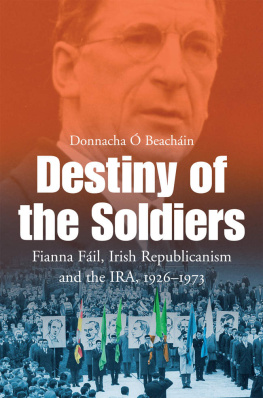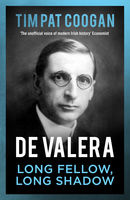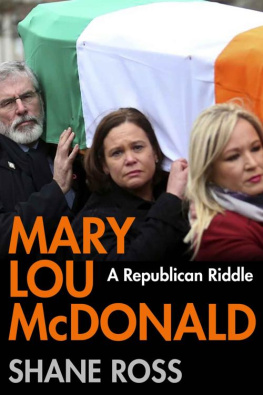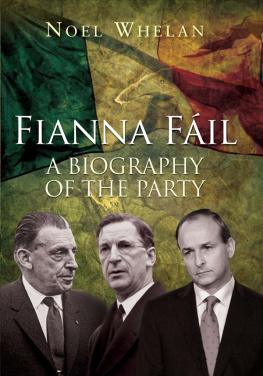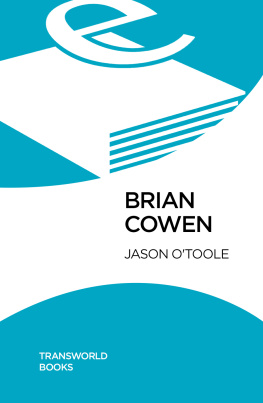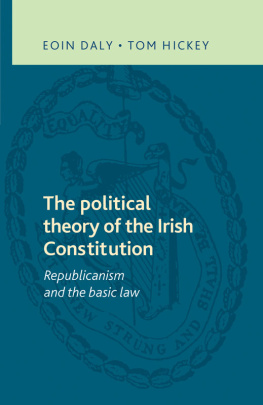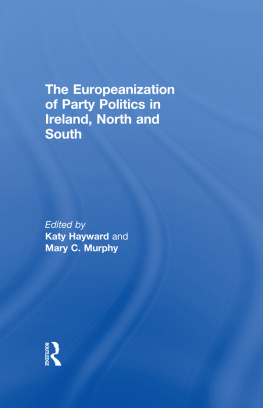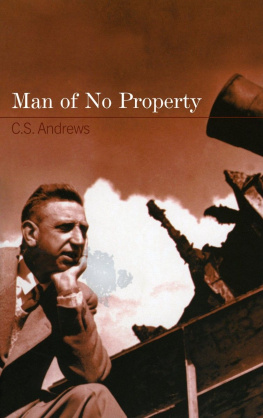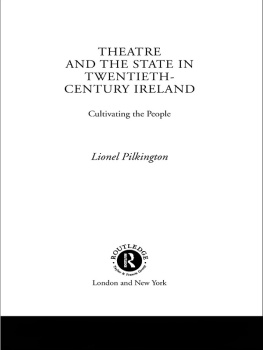Donnacha Ó Beacháin - Destiny of the Soldiers – Fianna Fáil, Irish Republicanism and the IRA, 1926–1973: The History of Ireland’s Largest and Most Successful Political Party
Here you can read online Donnacha Ó Beacháin - Destiny of the Soldiers – Fianna Fáil, Irish Republicanism and the IRA, 1926–1973: The History of Ireland’s Largest and Most Successful Political Party full text of the book (entire story) in english for free. Download pdf and epub, get meaning, cover and reviews about this ebook. year: 2011, publisher: Gill Books, genre: Politics. Description of the work, (preface) as well as reviews are available. Best literature library LitArk.com created for fans of good reading and offers a wide selection of genres:
Romance novel
Science fiction
Adventure
Detective
Science
History
Home and family
Prose
Art
Politics
Computer
Non-fiction
Religion
Business
Children
Humor
Choose a favorite category and find really read worthwhile books. Enjoy immersion in the world of imagination, feel the emotions of the characters or learn something new for yourself, make an fascinating discovery.
- Book:Destiny of the Soldiers – Fianna Fáil, Irish Republicanism and the IRA, 1926–1973: The History of Ireland’s Largest and Most Successful Political Party
- Author:
- Publisher:Gill Books
- Genre:
- Year:2011
- Rating:5 / 5
- Favourites:Add to favourites
- Your mark:
Destiny of the Soldiers – Fianna Fáil, Irish Republicanism and the IRA, 1926–1973: The History of Ireland’s Largest and Most Successful Political Party: summary, description and annotation
We offer to read an annotation, description, summary or preface (depends on what the author of the book "Destiny of the Soldiers – Fianna Fáil, Irish Republicanism and the IRA, 1926–1973: The History of Ireland’s Largest and Most Successful Political Party" wrote himself). If you haven't found the necessary information about the book — write in the comments, we will try to find it.
Incisive, engaging and thought-provoking, Destiny of the Soldiers charts Fianna Fils political and ideological evolution from its revolutionary origins through extended periods in office.
Fianna Fil is Irelands largest political party and one of the most successful parties in any democracy in the world. Until recent years, it has been almost constantly in government since 1932..
This fascinating volume argues that Fianna Fils goals, foremost among them the reunification of the national territory as a republic, became the means to bind its members together, to gain votes, and to legitimise its role in Irish society. But the official ideological goals concealed what became merely a basic desire to rule. The balance sheet, consequently, became one of votes won or lost rather than goals achieved or postponed.
Destiny of the Soldiers assesses Fianna Fils changing attitudes towards its parent party, Sinn Fin, and the IRA, and how these changes affected Fianna Fils policies towards Northern Ireland. Never forgetting its republican roots, Fianna Fil has at times been both troubled and conflicted by them. This was especially the case in the late 1960s and early 1970s when the Northern Ireland Troubles posed a challenge for all rhetorical republicans. At that time, Fianna Fil found itself the governing party of a state whose legitimacy it had originally rejected: the consequent tensions nearly tore it apart.
Destiny of the Soldiers is the first survey of the partys history which focuses on these unresolved tensions.
- Legion of the Rearguard: The revolutionary origins of Fianna Fil, 192023
- Removing the straitjacket of the Republic, 19236
- Fianna Filthe Republican Party
- Fianna Fil and the Irish Free State, 192731
- Election Time, 19312
- Fianna Fil in power, 19328
- Revolutionary crocodile, 193940
- The showdown, 194046
- A new republican rival, 19468
- Drift, 194859
- Approach to crisis, 196069
- The moment of truth, 196971
- Doomsday, 19713
- Conclusions: The destiny of the Soldiers
Donnacha Ó Beacháin: author's other books
Who wrote Destiny of the Soldiers – Fianna Fáil, Irish Republicanism and the IRA, 1926–1973: The History of Ireland’s Largest and Most Successful Political Party? Find out the surname, the name of the author of the book and a list of all author's works by series.

